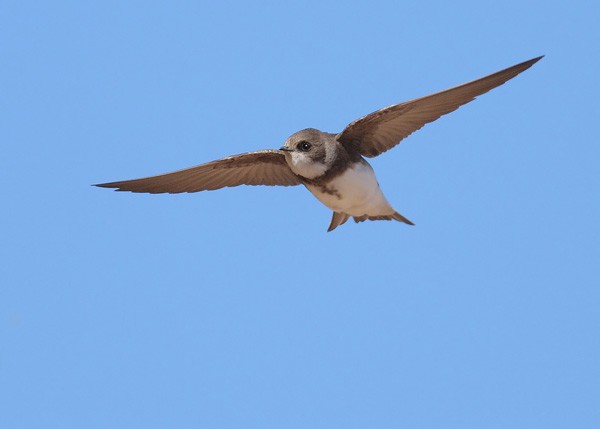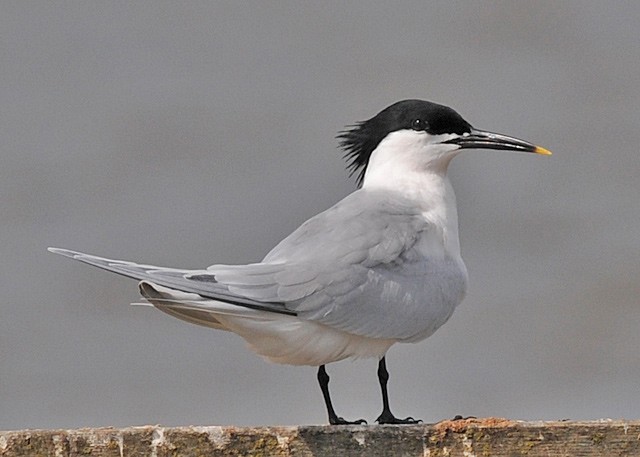As temperatures rise and the days slowly lengthen, March marks the beginning of one of the most exciting periods of the ornithological year. Anticipation begins to grow among British and Irish birders in the knowledge that the first significant arrival of summer migrants, fresh from a winter in the sub-Saharan sunshine, is just around the corner. Over the next two months, vast numbers of birds will be arriving back to breed across our region as well as staging here on their way to more northerly breeding grounds.
For many of us, one of the great joys of spring birding is recording 'first dates' of our common migrant species arriving back at local sites. It is also an exciting time for us here at BirdGuides, where we relish receiving the first reports of returning migrants. But it's not long before the floodgates open and a trickle of Swallow sightings across the south coast quickly turns into a deluge of records from every corner of Britain and Ireland. It's around about this point that we need to make a decision: has the species arrived in sufficient numbers that a sighting is no longer 'national news'? If the answer is yes, we generally won't feature sightings of that particular species on our Bird News Extra pages from that point onwards.

Sand Martin, Lough Neagh, Antrim (Photo: Allen Gillespie)
Just because a species is no longer making the national news pages doesn't mean that your own first sighting of that species is going to be any less special, however, and we appreciate that many birders are still eager to record their first migrants. Step forward BirdTrack.
BirdTrack allows you to enter regular sightings from specific birding trips and/or when you are out and about closer to home, either as lists or as one-off 'casual' records. Once you have added a few years' worth of data (which can be backdated records, either added via a bulk upload tool if you already have them in an Excel spreadsheet, or by going through your old notebooks and entering them manually), you'll be able to use BirdTrack to compare your first sighting dates. You can also view maps and graphs of your various records, which can reveal all sorts of interesting patterns. At the same time — and without you having to lift a finger — local bird recorders have access to your records (with your permission), which means they are automatically available for use in bird reports, atlases and other local projects. Crucially, all of the information is available for conservation science too, helping researchers to build up a picture of what is happening with our migrants.

Sandwich Tern, Minsmere RSPB, Suffolk (Photo: Bryan Wright)
There's no need to stop recording after you've entered your first record of a particular species of migrant; you can keep recording migrants, and their breeding status, all summer long. And BirdTrack isn't just great for entering spring migrants. It's easy to remember when you saw your first Sand Martin this year; but how many of you can remember when you saw your last Fieldfare? By entering your observations throughout the year, it's easy to look up the date of your last sighting. Better still, if you add your records as complete lists of everything you've identified on your birding trips to particular sites, this also allows your records to contribute to the national reporting rate for every species you encounter.

BirdTrack reporting rate for Fieldfare. These graphs are produced by calculating the proportion of birdwatchers' complete lists that include a particular species, and are freely available to view via the Maps & Reports section of the BirdTrack website.
In particular, we'd encourage birders to use BirdTrack to record their first Swallows, Sand Martins, House Martins, Whitethroats, Blackcaps, Willow Warblers, Little Ringed Plovers, Sandwich Terns, Common Terns and, later in the season, Cuckoos and Swifts — especially after the first 'main arrival' of the species in question has taken place. If you're lucky enough to encounter a scarce migrant or a high count of a commoner species that you think other birders should know about, please report such sightings to BirdGuides in one of the usual ways.

